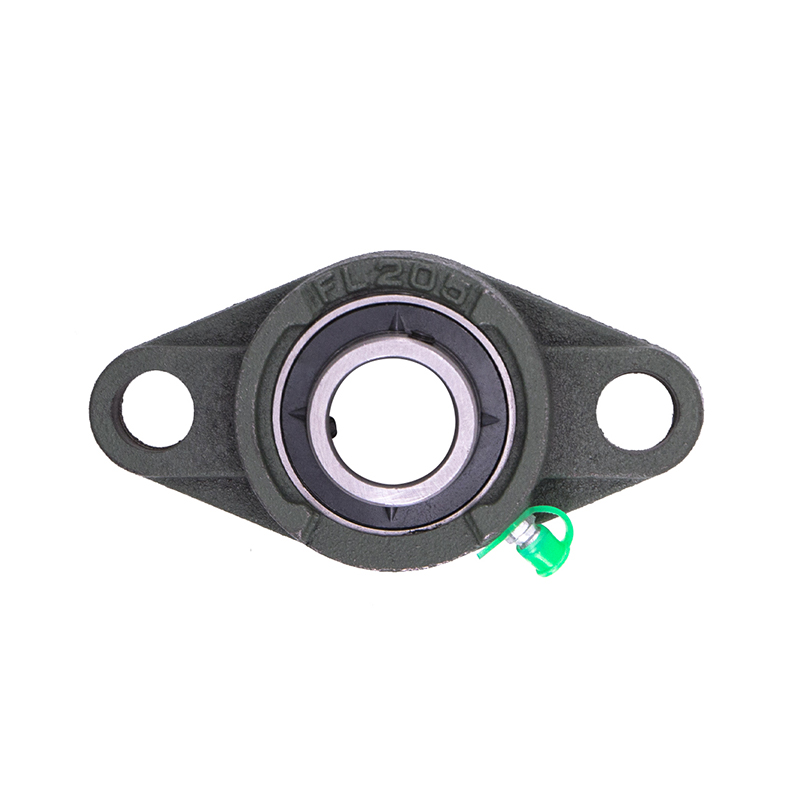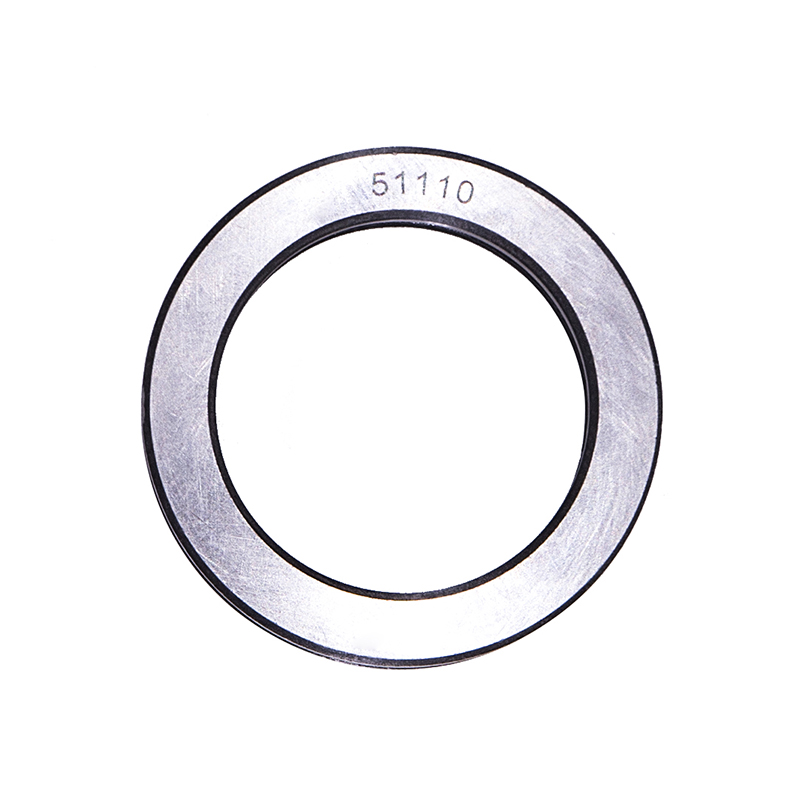-
 Wheel Hub Bearings
Wheel Hub Bearings -
 Wheel Hub Bearings
Wheel Hub BearingsDAC387436 DAC458045 Hub Deep Groove Ball Car Wheel Bearing
-
 Spherical Bearings
Spherical BearingsFL204 FL205 FL206 Stainless Steel Pillow Block Bearing
-
 Spherical Bearings
Spherical BearingsT204 T207 UC204 High Speed Insert Pillow Block Bearing
-
 Spherical Bearings
Spherical BearingsFC204 F210 Auto Wheels Bike Pillow Block Bearing
-
 Spherical Bearings
Spherical BearingsP207 206 205 203 High Precision Wheel Pillow Block Bearing
-
 Thrust Roller Bearings
Thrust Roller BearingsS51100 S51107 S51109 Car Wheel Plain Thrust Ball Bearing
-
 Thrust Roller Bearings
Thrust Roller Bearings51110 51107 51104 51206 High Speed Plain Thrust Ball Bearing
Understanding Needle Roller Bearings: Design, Pricing, and Key Features
Industry news-Needle roller bearings without an inner ring are vital components in various industrial applications, known for their distinctive design and specific benefits. These bearings consist of cylindrical rollers that are significantly longer than their diameter, offering several unique features:
Space Efficiency: Without the inner ring, these bearings have a smaller cross-sectional height, making them ideal for applications with limited radial space.
Reduced Weight: The absence of the inner ring reduces the overall weight of the bearing, which can be crucial in weight-sensitive applications such as the aerospace and automotive industries.
Shaft Compatibility: These bearings are designed to run directly on the hardened and ground shaft, allowing for a more flexible fit and easier integration into existing machinery.
Customization: Without an inner ring, there is more freedom to customize the shaft diameter and finish, tailoring it to specific application requirements.
Cost Efficiency
Lower Cost: Eliminating the inner ring reduces manufacturing costs, potentially making these bearings a more cost-effective choice for certain applications.
Maintenance Savings: Direct contact with the shaft can simplify maintenance procedures and lower long-term operational costs.
Price Influence of Needle Roller Clutch Bearing
The pricing of needle roller clutch bearings, also known as one-way bearings, is influenced by various factors, each contributing to the overall cost and market dynamics.
Premium Materials: Bearings made from high-grade materials such as stainless steel or advanced composites typically command higher prices due to their enhanced durability and performance.
Standard Materials: Conversely, bearings made from standard steel or other common materials are generally more affordable but may offer lower performance and shorter lifespans.
Manufacturing Precision
High Precision: Bearings manufactured with tight tolerances and craftsmanship tend to be more expensive, reflecting the higher costs associated with precision engineering.
Standard Precision: Bearings with standard tolerances may be less costly but could result in lower performance in demanding applications.
High-Demand Applications: Bearings used in high-demand sectors such as automotive, aerospace and industrial machinery often see price increases due to the critical nature of their applications.
Standard Applications: Bearings for less demanding applications typically see more stable and lower pricing.
Things to Note in Needle Sleeve Bearing Design
Designing needle sleeve bearings requires careful consideration of several factors to ensure performance and longevity. Here are key points to keep in mind:
Load Capacity
Radial Load: Ensure the bearing is capable of handling the expected radial loads without excessive wear or deformation.
Axial Load: While primarily designed for radial loads, consider the potential axial forces and ensure the bearing can manage these effectively.
Material Selection
Durability: Choose materials that offer high wear resistance and durability, particularly for applications involving heavy loads and high speeds.
Corrosion Resistance: For environments prone to moisture or chemicals, select materials with strong corrosion resistance to extend the bearing’s lifespan.
Lubrication
Adequate Lubrication: Design the bearing to allow for adequate lubrication, which is essential for reducing friction, wear, and heat generation.
Maintenance: Consider the ease of maintenance, ensuring that lubrication can be applied and maintained without excessive effort.
Precision and Tolerances
Manufacturing Precision: Ensure tight manufacturing tolerances to maintain consistent performance and fit within the application.
Alignment: Proper alignment of the needle rollers within the sleeve is crucial to prevent uneven wear and ensure smooth operation.
Environmental Considerations
Operating Temperature: Account for the operating temperature range of the application, selecting materials and designs that can withstand these conditions.
Contaminant Protection: Incorporate seals or shields to protect the bearing from contaminants such as dust, dirt, and moisture, which can significantly impact performance and lifespan.

 English
English русский
русский Español
Español
